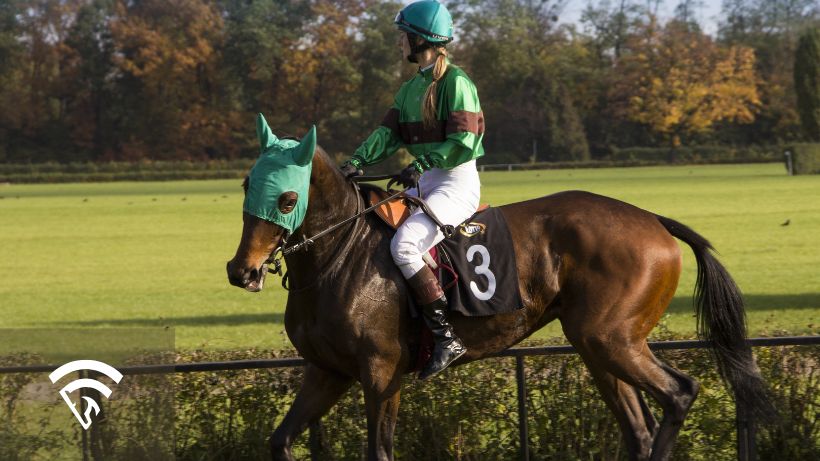What is a Closer?
A closer is a type of racehorse known for running from behind. Rather than racing near the lead early, closers settle back in the pack and make their move late, often accelerating strongly in the final furlongs to pass tiring rivals.
Closers are the opposite of front-runners and pace-pressers. While early speed horses try to control the race from the front, closers rely on timing, stamina, and race shape to succeed.
Some of the most exciting finishes in racing come from closers flying down the stretch, but they can also be frustrating to back if the pace doesn't develop in their favor.
How Closers Win Races
Closers depend heavily on race shape. If there's an honest or fast early pace, front-runners may burn out, leaving the door open for a deep closer to sweep past them late. But if the early fractions are slow, closers often leave themselves with too much to do and run out of ground.
Here’s what tends to help a closer succeed:
- Fast early pace up front
- Large fields with contested leads
- Longer distances where stamina matters more
- Clear trip and well-timed ride by the jockey
Closers typically save ground early and rely on one sustained run. Some closers have explosive kicks, while others grind past horses late without a flashy turn of foot.
The Risk and Reward of Betting Closers
Closers can offer betting value because they’re often overlooked in favor of early speed types. But they’re also more trip-dependent. A slow pace, traffic, or poor positioning can ruin their chances, even if they’re the most talented horse in the field.
Smart bettors assess not just the horse’s running style but also the likely pace scenario. If a race looks loaded with early speed, it may set up well for a closer. If there’s no pace pressure, you might want to avoid betting a deep closer who needs help up front.
How EquinEdge Helps Evaluate Closers
EquinEdge data reveals the following insights leveraging machine learning for handicapping.
- EE Win % accounts for pace, form, and other key metrics, so if a closer is favored to win despite a low early position, it may indicate a favorable setup.
- GSR (Genetic Strength Rating) can show whether the horse is well-bred for today’s distance or surface, which often supports late-running types.
- Review pace setups and field composition to gauge whether today’s race will be more speed-heavy or balanced.
You can use EquinEdge’s tools to validate if a closer is in the right spot—or at risk of being pace-compromised.
Final Thoughts
Closers bring drama, unpredictability, and potential value to the betting table. When the race shape sets up in their favor, they can offer explosive results and turn the tables on vulnerable speed horses. But when the pace falls apart or when the trip doesn’t go their way they can be easy to dismiss.
Knowing how and when to trust a closer is one of the more nuanced parts of handicapping, and when paired with data-driven tools like EquinEdge, it becomes a lot easier to separate the live threats from the late-running pretenders.
